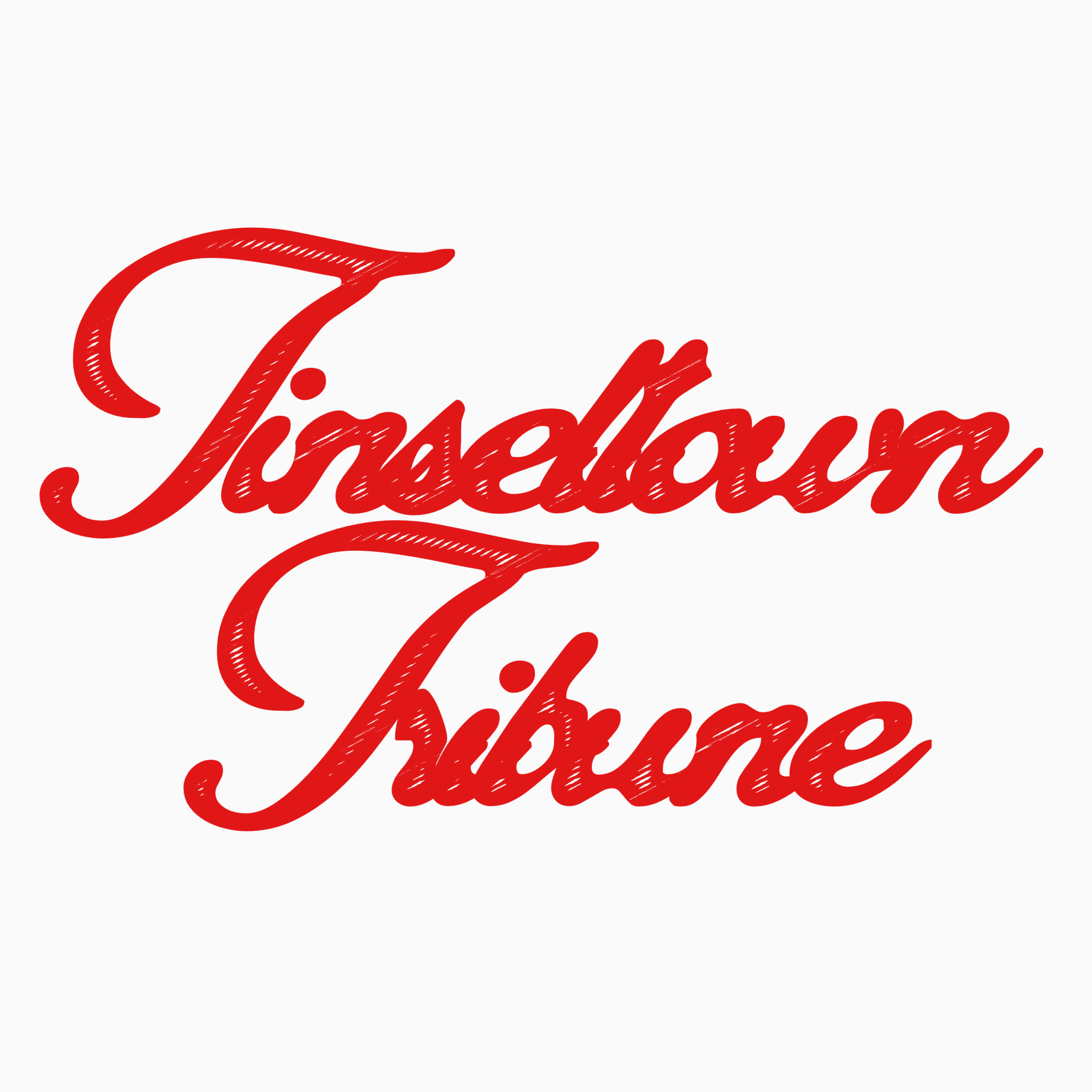The arrival of a new Superman film under the banner of DC Studios—supervised by the creative minds of James Gunn and Peter Safran—comes burdened with hefty expectations. Early tracking projected a domestic opening of between $125 million and $145 million, a figure that speaks to the brand’s legacy. However, a closer examination reveals a more tempered anticipation, suggesting that this iconic hero may only reach between $90 million and $125 million. The allure of Superman remains potent, yet these numbers hint at a complex interplay of nostalgia, market conditions, and audience readiness in a post-pandemic cinematic landscape.
Superman’s reputation as a brand name continues to resonate profoundly. His presence triggers a level of awareness that few other characters possess. Yet, while the 30% unprompted awareness score is commendable—exceeding even blockbusters like *Top Gun: Maverick*—it begs the question: will that translate into box office success? The increasing plethora of superhero films complicates this equation, as audiences have become discerning in their choices, distinguishing genuine excitement from mere recognition.
Parsing the Competition
A deeper dive into the metrics illustrates a sobering reality for the film. When gauged against “definitely must-see” movie rankings, Superman lags behind other recent superhero hits—*Thor: Love and Thunder*, *The Batman*, and even Gunn’s own *Guardians of the Galaxy Vol. 3*. This disparity is pronounced when considering *Captain America: Brave New World*, which boasts a staggering 71% lead in first-choice ratings. The latter film opened to a respectable $88.8 million, underscoring a decidedly more favorable connect with audiences at this similar juncture.
Furthermore, the hero’s critical standing as a cultural icon doesn’t guarantee ticket sales. The psychological barrier of first-choice preference will be crucial in determining how much momentum this film can gather once it hits theaters. These numbers indicate that while Superman’s name may inspire curiosity, there is potential room for hesitation from those who feel they’ve seen it all before.
Pre-release Buzz: A Mixed Palette
Despite these challenges, hope is ignited by early presales. Superman achieved outstanding advance ticket sales within the first 24 hours, surpassing even upcoming high-profile releases such as *The Fantastic Four: First Steps*. This early enthusiasm cannot be underestimated, as it indicates that while skepticism exists, a substantial base of fervent fans remains. The set screening on July 8, just days before the film’s official release, reflects an aggressive marketing strategy that aims to generate immediate buzz, setting the stage for strong word-of-mouth promotion crucial for a modern blockbuster’s success.
This aspect takes on added weight in light of the uneven nature of reviews. It’s a given that post-pandemic audiences often rely more heavily on fellow moviegoers’ opinions than any promotional materials. In an era where social media reigns, these early screenings could act as a make-or-break factor. Positive reviews could rapidly alter the film’s trajectory, harnessing the brand power of Superman in a way editors, studios, and fans alike could only hope for.
The Legacy Factor: A Double-Edged Sword
Superman has an intricate narrative history that works both for and against him. Over seven previous films, excluding group features like *Justice League*, the character amassed an impressive $2.56 billion globally. Notably, *Batman v. Superman* opened with a striking $166 million, and while audiences were ultimately divided on its merit, one cannot deny that the legacy of past successes casts a long shadow—demanding that the new installment surpass or at least match the milestones set by its predecessors directed by Zack Snyder.
Liquidating such a legacy requires deft navigation through modern trends in filmmaking, tastes, and audience expectations. While historical performance offers a roadmap, the road ahead is fraught with new challenges. In this ever-evolving theatrical ecosystem, merely invoking nostalgia may not be enough. This transition period necessitates innovation and is an opportunity for Gunn and Safran to reshape what a Superman movie can convey—beyond the classic tropes—to resonate with today’s audience.
Ultimately, as Superman takes flight once more into the cinematic skyline, we stand at the cusp of possibility and skepticism, where the legacy of the past meets the promise of innovation. The world may be ready for another heroic chapter, but the journey will require more than just flight—it demands transformation.

